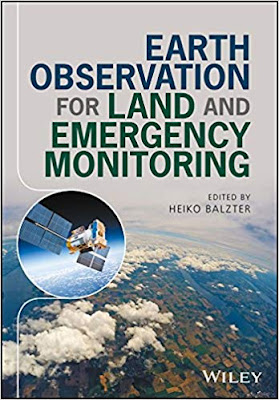Earth Observation for Land and Emergency Monitoring
This book introduces the reader to the outcomes from four years of research in support of the Copernicus Land Monitoring Core Service and the Emergency Monitoring Core Service.
The research was funded by the Marie Curie PEOPLE programme in Framework Programme 7, as an Initial Training Network. The GIONET project established a European Centre of Excellence in Earth Observation Research Training in 2011, when Copernicus was called “GMES” (Global Monitoring for Environment and Security), and just entered into its GMES Initial Operations phase (GIO). GIONET trained 14 PhD researchers in academia, industry, and research centres in advanced remote sensing skills, accompanied by interpersonal, entrepreneurship and management skills. Seven organizations from five European countries employed the researchers and were supported by a large group of associated partners.
This book is structured into thematic chapters, covering Forest Monitoring (Part I), Land Cover and Land Cover Change Monitoring (Part II), Coastal Zone and Freshwater Monitoring (Part III), Land Deformation Mapping and Humanitarian Crisis Response Strategies (Part IV) and Earth Observation for Climate Adaptation (Part V). A Conclusions chapter summarizes the main findings presented in the book. The UN initiative “Reducing Emissions from Deforestation and Forest Degradation” (REDD+) provides a strong user pull for forest information from space. In Part I on forest monitoring a concept for global forest biomass mapping is presented, making use of geographically varying forest allometric models, spaceborne profiling LiDAR (ICESAT‐GLAS) and Synthetic Aperture Radar (SAR). Synergies between multi‐ temporal and multi‐frequency interferometric radar and optical satellite data for biomass mapping and change detection are discussed and a SAR mapping application to the Congo Basin presented.







No comments:
Post a Comment